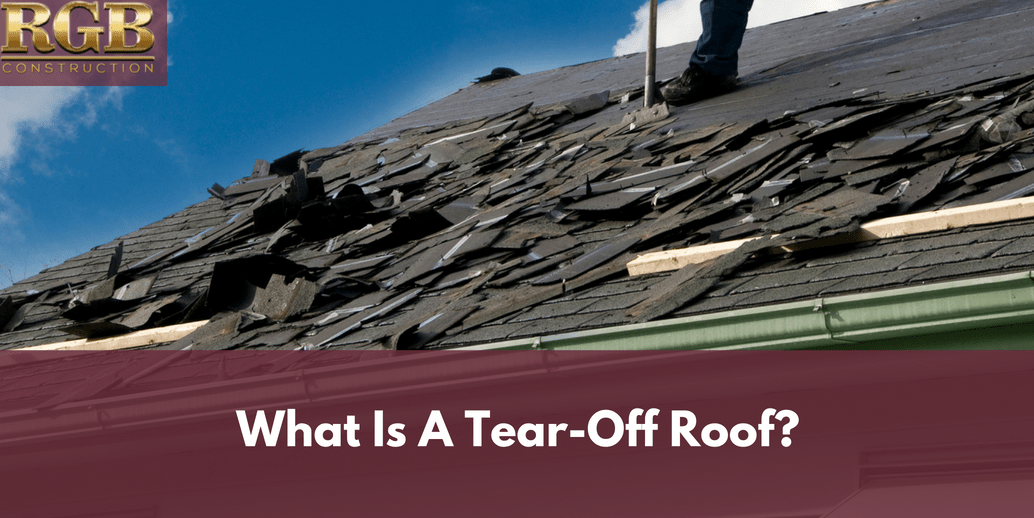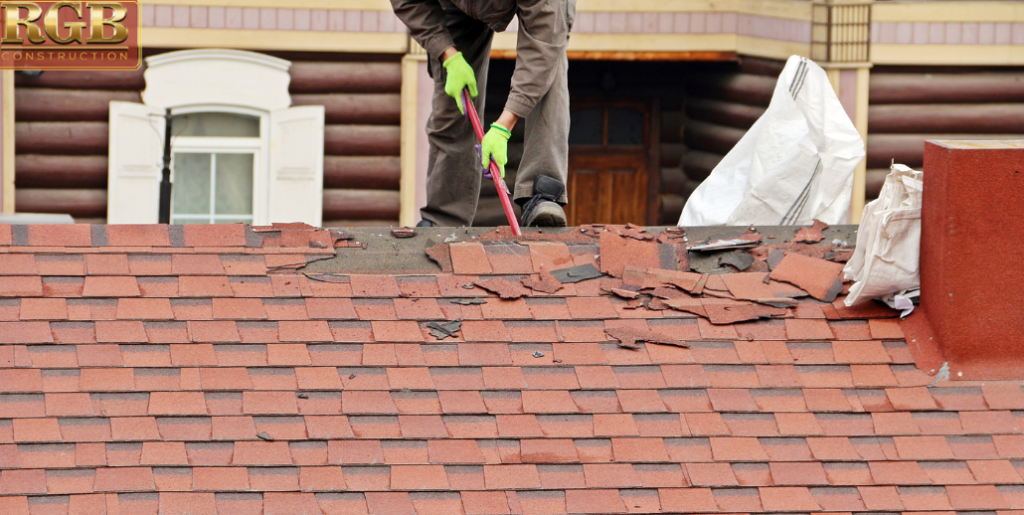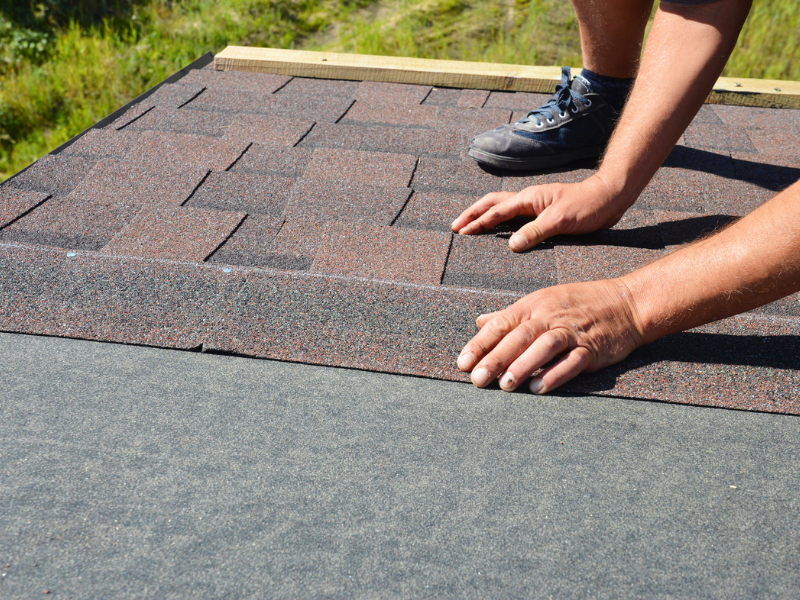When it comes to roofing projects, understanding the different types and techniques is essential. One standard roofing method is a tear-off roof. In this article, we will explore what a tear-off roof is and why it is a popular choice for homeowners in South Jersey. RGB Construction, a local roofing company in South Jersey, specializes in tear-off roofs and provides expert services to meet your roofing needs. With their extensive experience and expertise, RGB Construction is trusted by many homeowners in Gloucester County and the surrounding areas.
What Is a Tear-Off Roof?
A tear-off roof, or a complete roof replacement, involves removing the existing roof materials down to the roof deck. This process includes stripping the shingles, underlayment, flashing, and other roofing components. The roof deck is inspected for any damages or issues before installing a new roofing system.
The Benefits of a Tear-Off Roof
There are several reasons why homeowners opt for a tear-off roof when it’s time for a roof replacement. Let’s explore the key benefits of choosing a tear-off roof:
- Identifying Hidden Issues: During the tear-off process, the roofing professionals have a clear view of the roof deck. This allows them to identify any hidden damages, such as rot, mold, or structural issues, that may not be visible from the surface. By addressing these issues early on, further damage can be prevented.
- Improved Insulation: Tear-off roofs provide an opportunity to upgrade insulation. Adding insulation during the replacement process can enhance energy efficiency and reduce heating and cooling costs for the homeowner.
- Enhanced Aesthetics: A tear-off roof allows homeowners to select new roofing materials, colors, and styles, improving the overall curb appeal of their homes. This will enable them to create a fresh, updated look that matches their preferences.
- Long-Term Durability: By removing the old roofing system completely, a tear-off roof ensures a solid foundation for the new roof. This improves the long-term durability and lifespan of the roof, minimizing the need for frequent repairs or replacements.
The Tear-Off Process
The tear-off process involves several steps to ensure a successful roof replacement. Here’s a breakdown of the typical tear-off process carried out by RGB Construction:
- Inspection and Preparation: The roofing professionals will thoroughly inspect the existing roof to assess its condition. They will identify any areas that require repair or replacement and prepare the site for the tear-off process.
- Safety Measures: Before starting the tear-off, safety measures are implemented to protect the workers and the property. This includes using appropriate safety equipment, such as harnesses and barriers, to prevent accidents.
- Removal of Existing Roofing Materials: The roofing team carefully removes the shingles, underlayment, flashing, and other components, preventing any damage to the roof deck. The debris is collected and disposed of properly.
- Roof Deck Inspection: Once the old roofing materials are removed, the roof deck is thoroughly inspected for any signs of damage or deterioration. Any issues found are addressed and repaired to ensure a solid foundation for the new roof.
- Installation of New Roofing System: After the roof deck is prepared, the roofing professionals install a new roofing system. This includes applying underlayment, flashing, shingles, and any additional components required for the specific roof type.
- Clean-Up and Final Inspection: Once the installation is complete, the work area is cleaned up, and any remaining debris is removed. A final inspection is carried out to ensure the quality of the workmanship and address any outstanding issues.
Frequently Asked Questions
What are the signs that indicate the need for a tear-off roof?
Some signs that indicate the need for a tear-off roof include the following:
- Multiple layers of shingles
- Extensive damage, such as curling, cracking, or missing shingles
- Water leaks or stains on the ceiling
- Sagging or uneven roof surface
- Significant age of the existing roof
How long does a tear-off roof installation take?
The duration of a tear-off roof installation depends on various factors, such as the roof’s size, the project’s complexity, and weather conditions. Generally, it can take a few days to a couple of weeks to complete the process.
Can a tear-off roof be done in any season?
While tear-off roofs can be done in any season, weather conditions, such as heavy rain or snowstorms, may cause delays or complications. It’s advisable to consult with roofing professionals like RGB Construction to determine the best time for your tear-off roof installation.
Is a tear-off roof more expensive than roof overlay?
Tear-off roofs are typically more expensive than roof overlays due to the additional labor and materials involved in the complete roof replacement process. However, a tear-off roof’s long-term benefits and durability make it a worthwhile investment.
What type of roofing materials can be used for a tear-off roof?
A tear-off roof can be installed with various roofing materials, including asphalt shingles, metal roofing, tile, slate, or cedar shakes. The choice of materials depends on factors such as budget, personal preference, and the climate in your area.
Does RGB Construction offer warranties for tear-off roofs?
Yes, RGB Construction provides warranties for their tear-off roofs. They stand behind the quality of their workmanship and offer warranties that cover materials and labor. It’s recommended to discuss the specific warranty details with RGB Construction for your roofing project.
Conclusion
A tear-off roof is an effective and popular method for roof replacement. With RGB Construction’s expertise in tear-off roofs, homeowners in South Jersey can trust them for their roofing needs. By opting for a tear-off roof, homeowners can enjoy the benefits of identifying hidden issues, improved insulation, enhanced aesthetics, and long-term durability. If you’re considering a roof replacement in South Jersey, reach out to RGB Construction for professional and reliable services.









